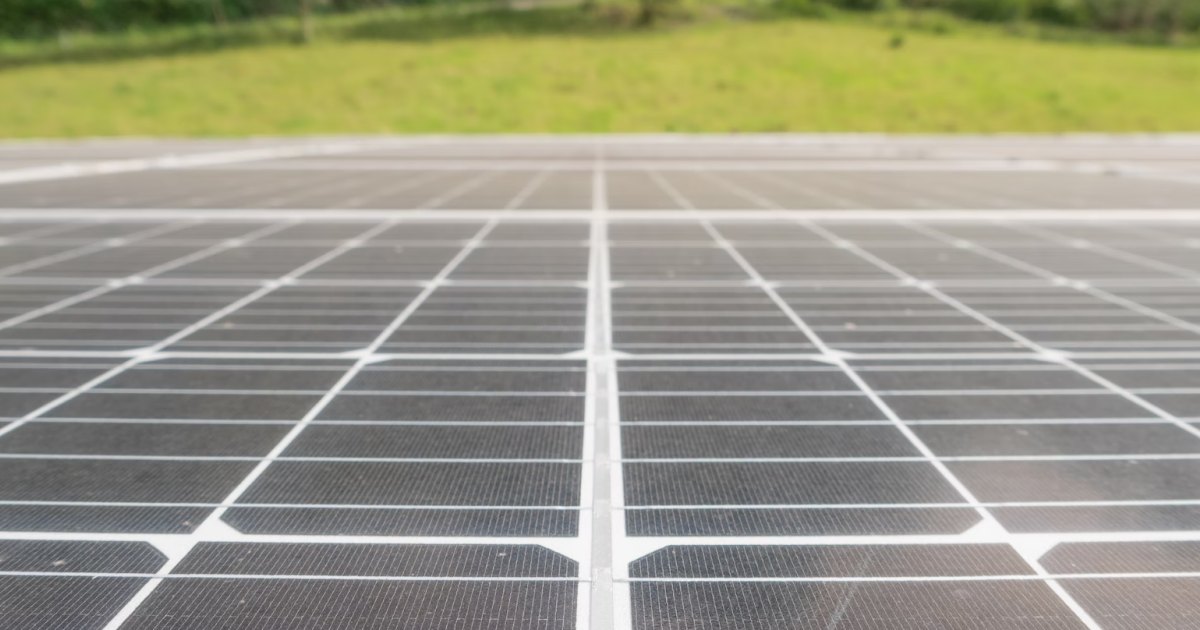There was some good news for solar owners in regional Queensland last week – another proposed big boost to the feed-in tariff rate. But don’t get too excited just yet.
First, The Bad News
On Wednesday, the Queensland Competition Authority delivered a shock to residential and small business electricity customers with its draft determination on regulated retail electricity prices that will apply to standard contract customers from 1 July 2023.
The QCA says draft prices would see 28.9% increase in the annual bill for a typical residential customer on tariff 11. For the typical small business customer on tariff 20, a 26.1% increase is expected.
This isn’t yet set in stone; with feedback on the draft determination open until 14 April 2023. The Authority is expected to deliver its final determination by 9 June 2023, and prices will apply from July 1.
Now, The Good News
On the same day the QCA published its draft determination on regulated retail electricity prices, it also published a draft solar feed-in tariff (FiT) rate for 2023/24:
12.952 cents per kilowatt hour (c/kWh).
This is 39% higher than the current feed-in tariff of 9.3 c/kWh, which was 41% higher than it was in 2021-22 (6.583 cents). So, assuming the draft decision sticks, the regional Queensland feed-in tariff will have just about doubled in two years.
The main reason for the proposed lift for 2023/24 is due to a projected increase in wholesale energy costs for the region. But before solar owners get too excited, the QCA has indicated the final feed-in tariff will differ from the draft.
“The price estimate in the draft determination is indicative only, as it is based on information at the time. For the final determination, it will be based on updated data and feedback from stakeholders.”
As with proposed regulated retail electricity prices, there will be a feedback period until April 14, with the final determination expected to be published by 9 June 2023.
What About South-East Queensland?
Unlike regional QLD, in South-East Queensland electricity retailers don’t have to pay anything for surplus energy solar households export to the grid – but in most cases they do. However, the rates have tended to be less generous. Generally speaking, the range is around 5c – 7c at the moment.
It pays to shop around electricity retailers, but be aware the highest feed-in tariff doesn’t always represent the best deal as factors such as usage tariffs and daily charges need to be taken into account.
Self-Consumption Reigns Supreme
Feed-in tariffs can go up and down. But what won’t change is this: to extract the maximum value from a solar power system, the focus should be on solar energy self-consumption.
Even if the proposed regional QLD rate sticks, it still makes more financial sense to self-consume solar electricity than export it to the grid. Under Ergon Energy’s Tariff 11 as it currently stands, all usage is charged at 24.3c per kilowatt hour. Based on a current feed-in tariff rate of 9.3c, this means self-consuming solar is around 2.6 times more valuable than exporting it to the grid.
Even when looking at Ergon’s current Time of Use (ToU) rates:
- Off Peak: 18.96 ¢/kWh
- Peak Rate: 32.93 ¢/kWh
- Shoulder Rate: 29.93 ¢/kWh
… self-consuming solar energy is still significantly more valuable even during the off-peak period (9am – 4pm). And while the FiT may increase, consumption rates are likely to as well.
But a feed-in tariff boost will certainly be welcomed and provides additional incentive for households and businesses without solar panels to get them installed.
Learn more about going solar in regional Queensland.
Related: Queensland feed-in tariff information.


 RSS - Posts
RSS - Posts



I’m with Origin and have so far negotiated in such a way that I am still on 12 c FiT. Have not gone below that yet.
my electricity supplier has told me that by law now they only have to pay me
44 cents per KWh that I am entitled to 2028 .
As I only have a 1.5 kw system this would be a loss of 8 cents per KWh this
would affect my bill a lot , is this true.
Graham.
Graham – where are you located?
Hi Jonathon I am in South Aust with AGL.not happy,
Unfortunately, they don’t have to pay the feed-in tariff to people on the old premium tariff.
It’s penny pinching.
Going from 52c/kWh to 44c/kWh is a 15% decrease. This isn’t ideal, but you don’t have any alternatives unfortunately.
Watch this space. Regional QLD has a potential TOU Tarrif coming that is:
Off Peak: 0.0613 ¢/kWh
Peak Rate: 60.92 ¢/kWh
Shoulder Rate: 0.1718 ¢/kWh
While that might not interest a solar only household – if you have a battery and the FiT remains for this new tarrif, charging from the grid and exporting all of your solar becomes economical.
I saw this too. So, I can charge my car at 7kW for the morning without a care if it’s cloudy, simultaneously charge the Powerwall from the grid, and make more selling what I don’t use.
I put around 25kW in the car most days, so the off-peak tariff is a huge boost for us.
It seems kind of immoral when so many people will be struggling with higher power costs and my costs will likely go down considerably.